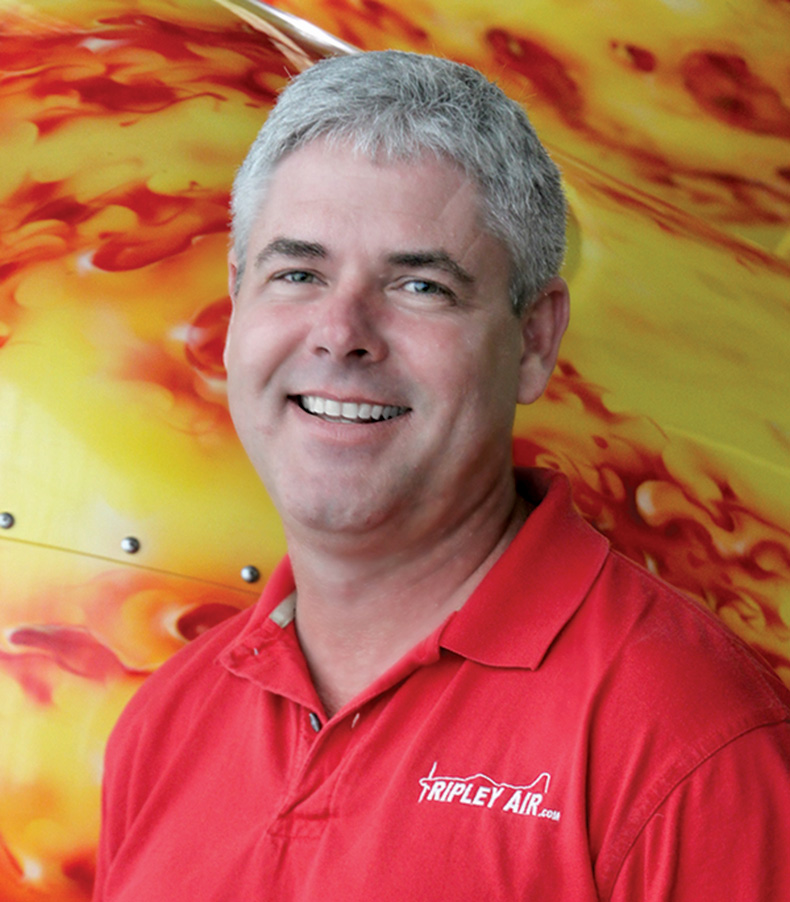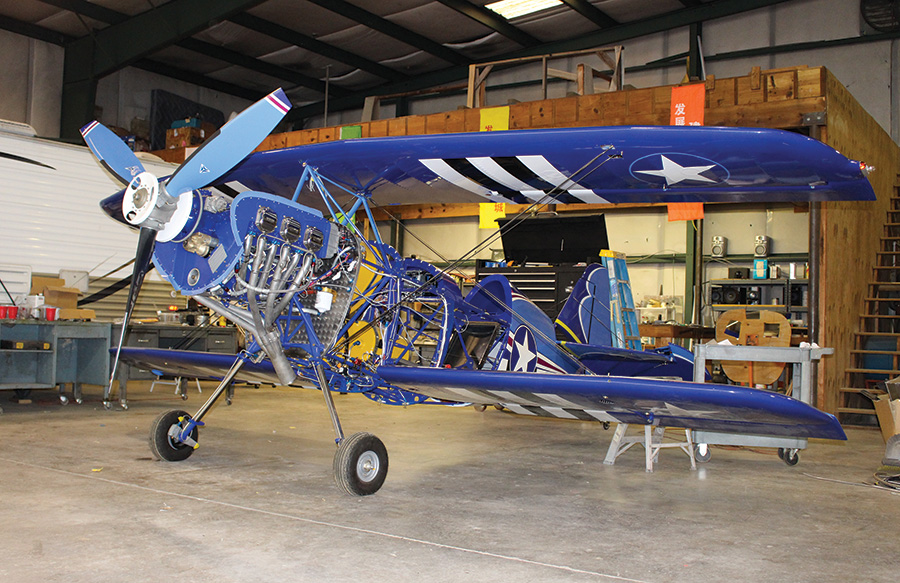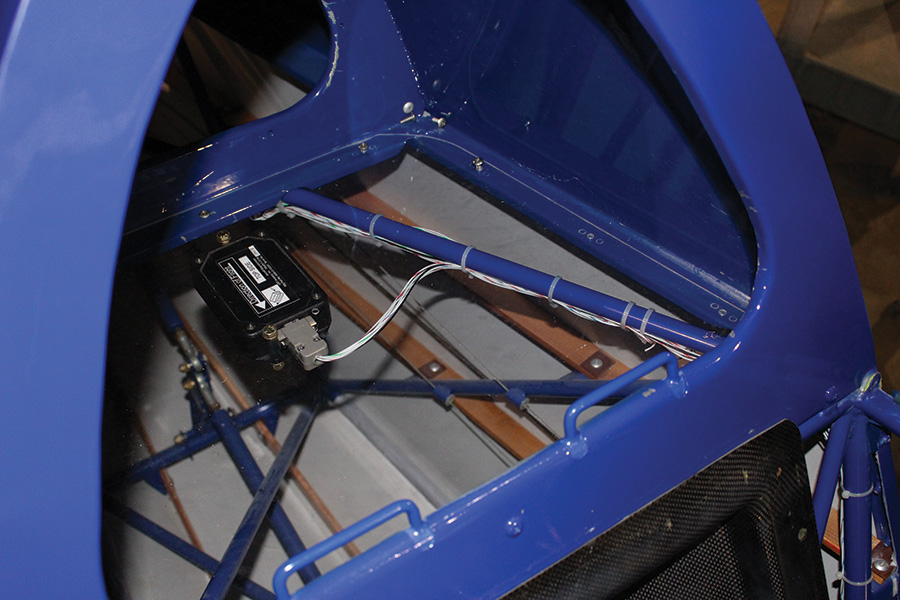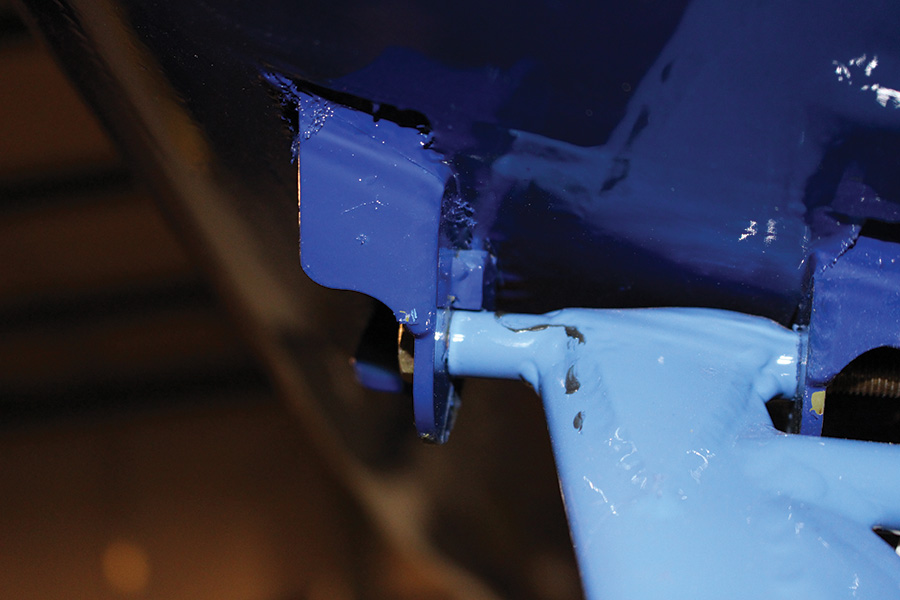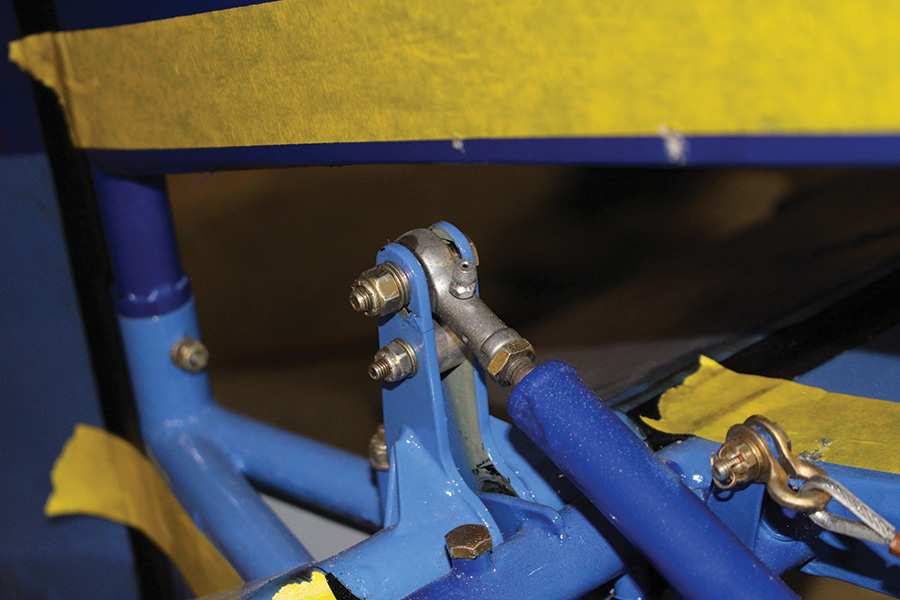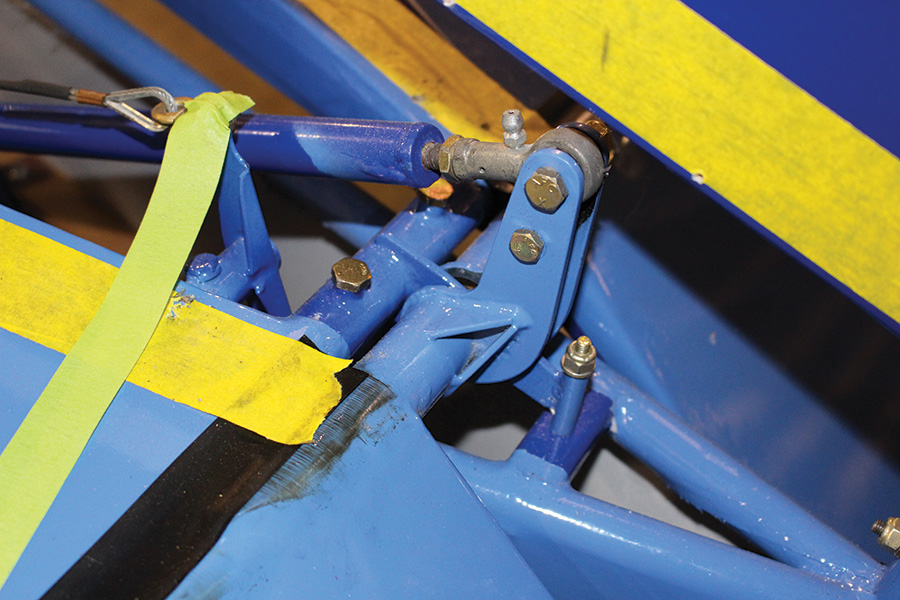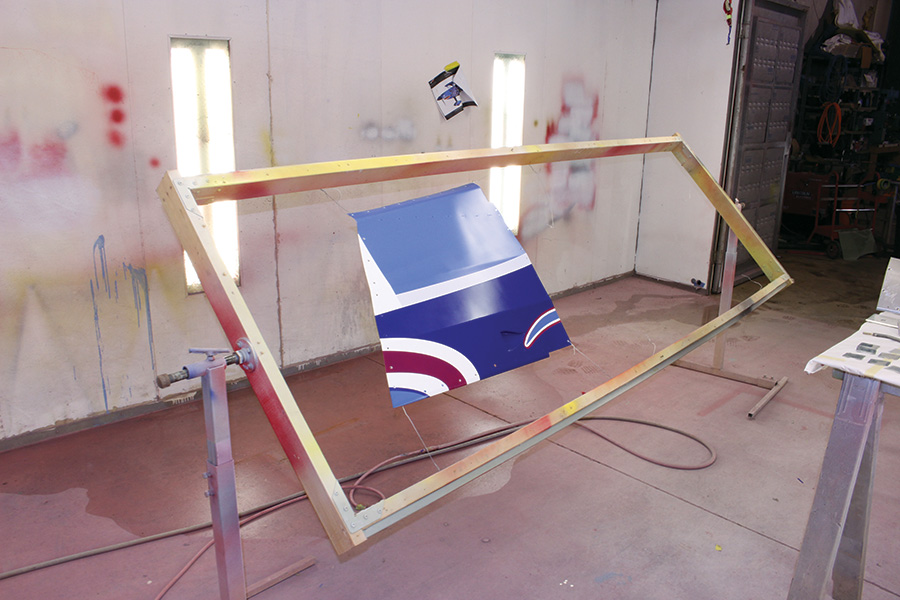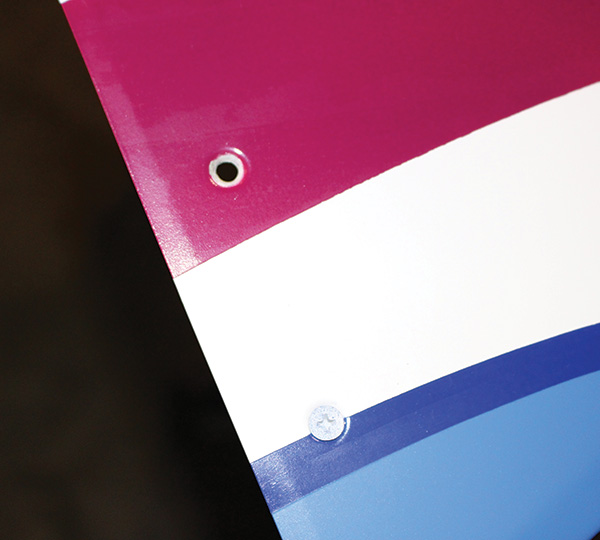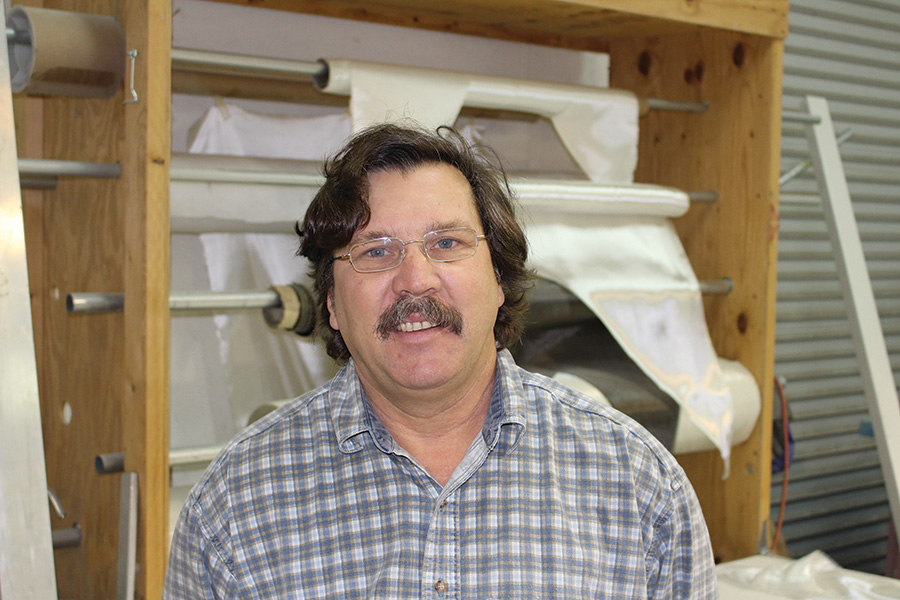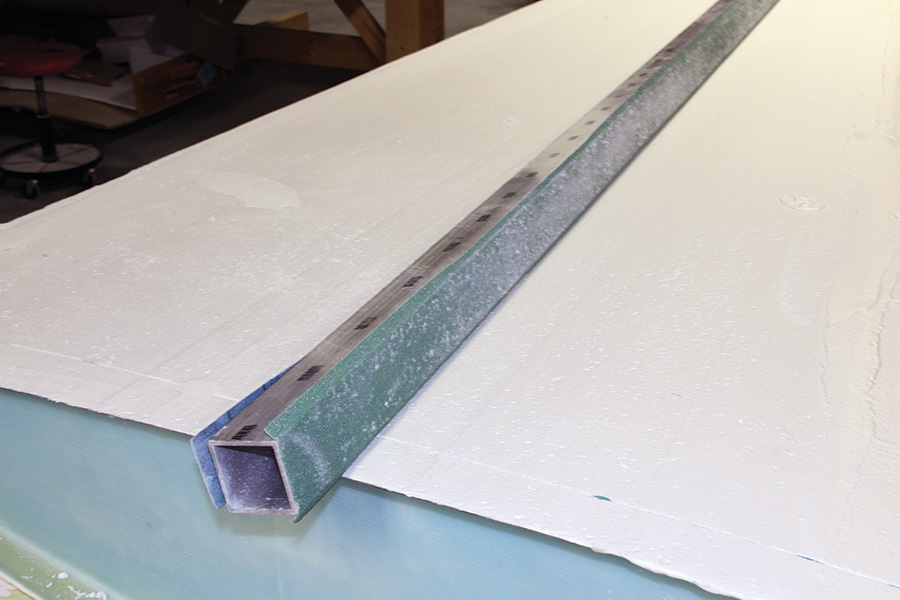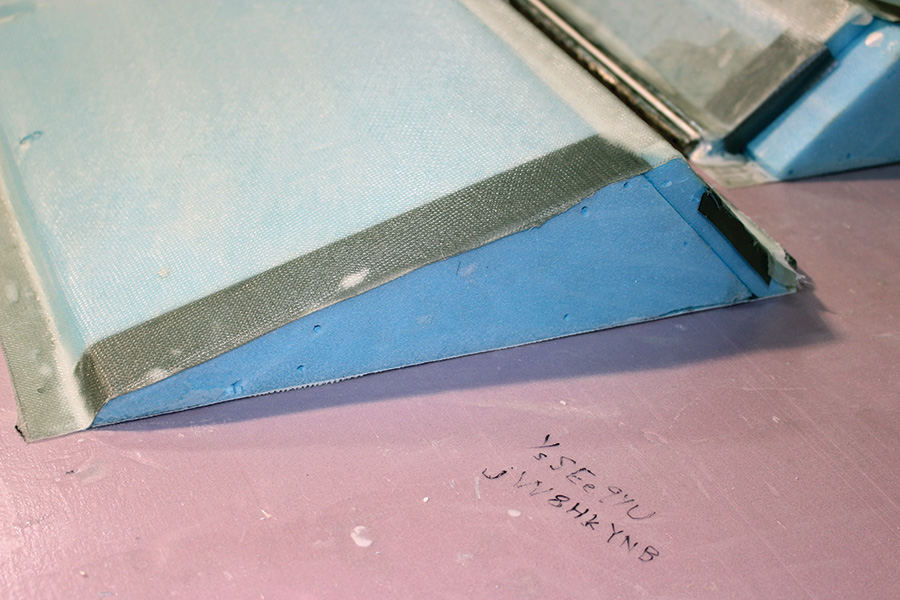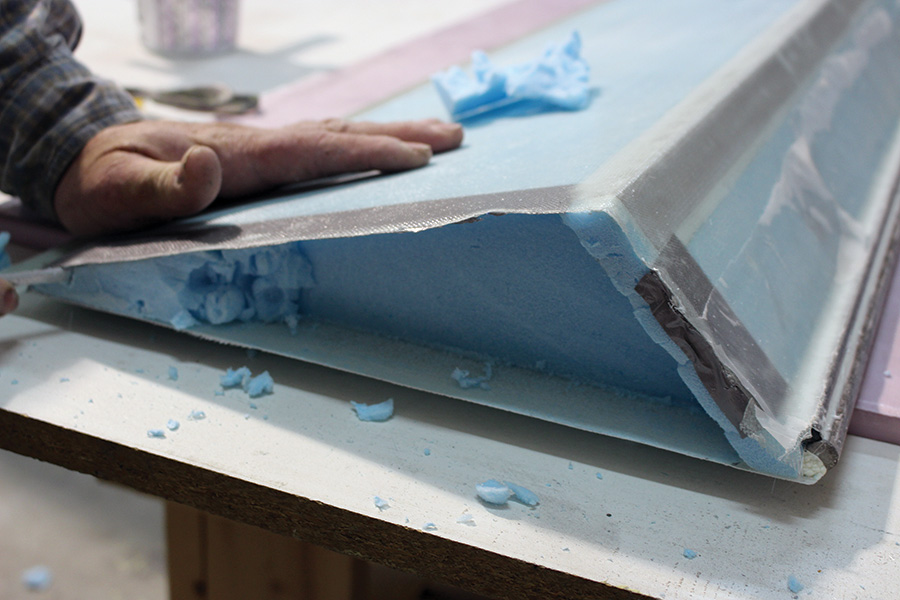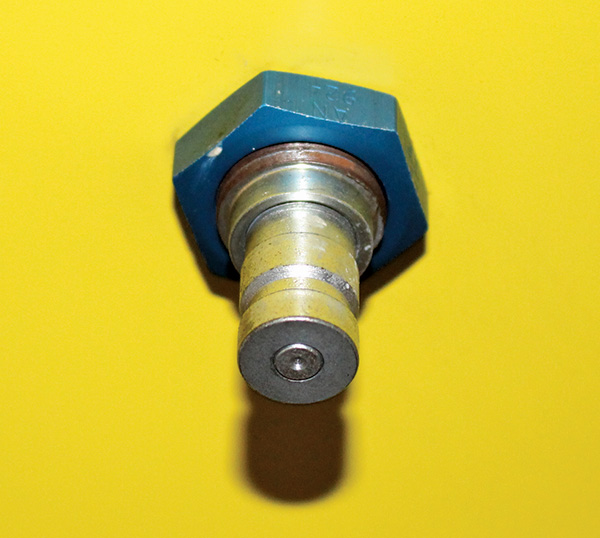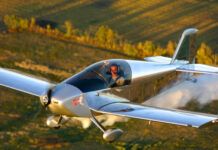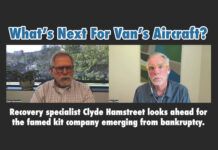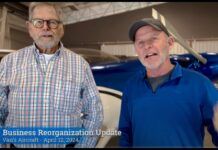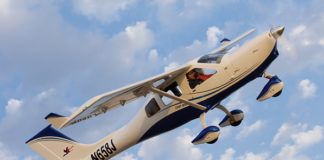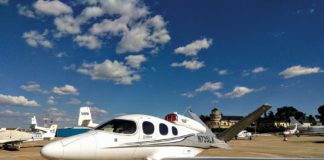Have you ever mumbled to yourself, “There must be a better way”? You’re not alone. Aircraft professionals have the same thought every day. In this series we’ll take Kitplanes® readers into a variety of professional settings, looking for ideas, methods, products, and concepts transferable to your shop or project. You’re going to meet some very clever people!
This month we’re off to see Doug Ripley at Ripley Air, a small boutique shop located at Air Acres, the fly-in community in Woodstock, Georgia. Doug takes on projects he finds interesting, mostly in the quiet months between spray pilot gigs. You’ve seen Doug’s past work in these pages (“The Ultimate Amphib,” KITPLANES®, August 2008) and elsewhere. Interesting projects have a way of arriving at his door…little things like installing a 570ci stroker V-8 in a Stewart Mustang, or a turbine on a Lockheed AL-60.
On the day of my visit, the object of attention was airshow pilot Greg Connell’s brand-new Pitts, in final prep for the 2014 season. It’s a collaboration project between Connell, Ripley, and Pitts expert Steve Wolf, himself famous for such projects as building the replica Hughes H-1 wings, and the GeeBee R2 with Delmar Benjamin. Let’s start with a look at a few details. It never hurts to borrow ideas from the best.
All those tumbles and G’s really beat on an airframe, thus easy preflight inspection is critical. The airplane must also be ferried from show to show, and the ferry pilot needs someplace to stash his gear. How to combine the two? Build in a baggage compartment lined with Lexan sheet. With clear panels, all the pilot needs is a flashlight to see everything in the rear fuselage.
Pros know airshow performance is a business. The goal is to book the big events with the big fees, and sometimes those events are a great distance from home. Making the airplane easy to dismantle and reassemble is smart.
Check out the little steel block welded to the backside of the front cabane attach plate. There is a twin for the rear cabane. Both have a half-moon face to match the top of the cabane bushing. The blocks support the upper wing even when the big AN6 bolts are removed. The bolts are easy to remove and reinsert because the holes are always perfectly aligned. It only takes two crewmembers to set the top wing into place, after which one can balance the wing with a fingertip while the other places the bolts.
Few pilot misfortunes compare to loss of elevator control. It actually happened to a well-known performer some years ago. In this case, the elevator horns are fabricated of 4130 plates with significant thickness, and double gusseted in order to transmit torque to the ends of the elevator spars without undue strain. Note the extra bolt below the larger rod end bolt, and the aluminum bushing it traps between the horns. This arrangement ties the two elevators together, ensuring the rod end bolt is loaded in double shear only. The rod end itself is a top-quality piece.
Most aircraft cantilever the elevator center support bearing(s) from the back of the horizontal stabilizer spar. Here the bearing support tab is extended rearward past the horns, welded to a short length of 5/16-inch 0.058 wall tube, and tied to a crossmember with an AN3 bolt.
The smoke oil tank can be filled via a large filler neck accessible through a side panel. However, the system will also fill itself, handy when the smoke oil is supplied in a 55-gallon drum. It’s a common feature on aerobatic aircraft, and given the oily mess so often seen around filler necks, it should be a must-have for smoking sportplanes.
The belly fitting in the photo is an ordinary hydraulic hose quick-connect borrowed from agriculture. The smoke oil pump is a Reverso-brand 12-volt gear type intended for oil change duty in a marine application. Being a DC pump, it will run in either direction, needing only a DPDT switch wired for polarity reversal. Like most smoke systems, there is a solenoid valve at the firewall. It’s intended so the line to the injectors will only feed when the pump is running, thus allowing a nice crisp on-off supply to the hot exhaust.
Given this collection of parts, the system can be made self-filling by adding a tee-fitting at the pump outlet, connecting the extra leg to the belly quick-connect, and wiring the solenoid valve so it does not open when the pump switch is in the reverse direction. Just couple a siphon hose to the quick-connect, shove the other end into the oil drum, flip the switch, and monitor the smoke tank for quantity. It sure beats tipping barrels.
The paint scheme (from Mirco Picorari) is quite complex. Doug was finishing up fuselage panels, some of which have as many as five colors to mask and spray (white, black, two blues, and magenta). His rotating rack for painting small parts and panels is one of those forehead-slappers. It’s just a rectangular frame of pine 2×4’s between two rotating stands with friction locks. The wood frame means ordinary drywall screws can be placed anywhere as anchors for safety wire, which is used to suspend parts like a moth in a web. The stand can be rotated to any angle in seconds, including upside down so nothing can settle on the wet side.
The panels are dimpled for flush screws. Paint in a dimple will crack the first time a screw is tightened, so Doug masks them by inserting a hardware store screw before painting. A cheap nut holds the screw, which also serves as a place to anchor the safety wire when suspended in the booth…no wire shadows in the paint.
Doug starts by laying down a white base coat. It is one of the colors in the design, plus all the other colors look better when sprayed over white. When dry, the panels are assembled on the airframe and layout begins. A simple scheme is done completely in tape. For a scheme this complex, a vinyl mask is computer-cut and applied to the skin, then the mask is cut at the seams and the individual panels are removed. They can now be painted separately, and all the lines will match up when re-assembled.
The major side panel in the photo to the right is shown with its previously painted access panel, which fastens in the center with quarter-turns. The yellow vinyl mask defines the single color that will outline the feature to be painted; here magenta is the outline color. Doug has extended the vinyl mask into the panel overlaps with short lengths of fineline tape. This particular indigo tape is 3M Fine Line Vinyl 471+, but standard 471 or Green Poly 218 would work well too.
The painting starts by shooting the open lines with magenta. The yellow mask (and related tape bits) is then peeled only in the areas to be sprayed with the next color, in this case light blue. Note that Doug has penciled-in color notes on the mask so he doesn’t peel the wrong patch.
All the light blue areas are bordered with a white stripe. As white is already the base color, it only needs to be covered with a continuous fineline tape of the correct width, matched to the edge of the magenta stripe. With the white stripe cover in place, ordinary 3M Performance Green 233 paper tape will bridge between the fresh fineline and the yellow mask, covering the magenta. Doug will load the gun, shoot the light blue, and pull the fineline and paper tape before it can cure.
After cure, Doug will pull all the remaining yellow vinyl. Using more fineline tape, he will carefully mask along the edge of the magenta, covering it, then use green paper tape and masking paper to rough cover the remaining white stripe and light blue sections. Spray the dark blue, peel the masking, and it’s done.
Air Acres is an interesting place. Doug said we needed to go across the runway to visit the fiberglass guy and pick up some parts. The “glass guy” turned out to be Jeff Kerlo, the pro composites scratch-builder best known for his association with Velocity. Jeff was in town to help develop a prototype we can’t reveal just yet. However, I couldn’t resist asking him to show our readers a trick or two.
The usual process for building a foam core wing is to hot wire a core, coat it with micro slurry, do the skin ply layups, then after cure, coat it with dry micro (a stiff mixture of epoxy and hollow glass microspheres), and sand it smooth.
Applying dry micro to a large surface can be tricky. Too much thickness and sanding time is greatly increased. Too little and it will require a second application to fill the low spots. Worse, the second round probably won’t have the same density as the first, and thus it won’t sand truly flat. So how to get a nice even layer in one pass?
First Jeff preps the surface for a good bond by lightly sandblasting the fully cured glass layup. Real sandblast sand is too sharp. He wants something less aggressive, so he buys ordinary play sand at the big box store.
Now the good part; Jeff glues a length of 1/16-inch diameter welding wire to the airfoil surface at each end of the wing. All it takes is a little dot of 5-minute epoxy at six-inch intervals, and a few small weights to hold it in place for 15 minutes. While it is curing, Jeff mixes a batch of epoxy, and uses it to prepare a bucket of dry micro. When ready, the micro is applied to the surface and spread using a long, hollow aluminum tube with a large (about 2 inches x 3 inches) rectangular cross-section. Jeff and a helper position themselves at each end, and slide the tube along the
welding wire “rails,” distributing the micro as they go. The result is a smooth, even coat of micro just a little less than 1/16-inch thick over the entire surface.
When the micro has cured, a pair of pliers will rip the wires off the surface, leaving only the little groove and 5-minute epoxy dots you see in the photo.
The same kind of aluminum tube used for spreading is now put to work as a very long sanding block. Jeff likes 36-grit attached to the tube with spray contact adhesive. Dust a very light speckle of cheap black primer on the micro, then work the tube over the whole surface, sliding back and forth span-wise until the underlying glass surface starts to show. Hopefully by then all trace of the primer is gone. Any that remains on the surface is identifying a low spot, which would need more micro and another round of sanding. Don’t worry; if you did the wire trick carefully there should not be any low spots.
Jeff prefers inset ends on wing and control surfaces. Flush ends require flox corners, and the overall length can’t easily be changed to adjust fit and control surface gaps. Inset ends are easy to do. Hot wire the core, cut it to the desired overall length, then cut the ends off with a clean vertical slice about an inch thick. Wrap the perimeter of the cutoffs with a band of duct tape, and re-position them right back where they came from on the ends of the core. Use a few toothpicks to hold them in place if necessary.
Do all the surface layups, allow cure, trim the glass to length, and then dig out the blocks. The result is an inset one inch deep with a flat, clean rear wall. Scuff the inside of the skin for tooth, then lay up a few plies inside the inset to close the end of the core with a bulkhead and skin reinforcement. Later, when fitting the surfaces, a large sanding block is the only tool required to trim the end for the perfect control surface gap.
Baffle Seals
Good baffle seals are critical if the airplane is to spend time hanging on the prop at full throttle. Ripley installed AMS3320-spec glass reinforced silicone, using a back-up strip, screws, and self-locking nuts. No pop rivets, no baffle puckers, and the seals can be easily replaced during winter overhaul.
Smoke Oil
The smoke oil tank can be filled via a large filler neck accessible through a side panel. However, the system will also fill itself, handy when the smoke oil is supplied in a 55-gallon drum. It’s a common feature on aerobatic aircraft, and given the oily mess so often seen around filler necks, it should be a must-have for smoking sportplanes. The belly fitting in the photo is an ordinary hydraulic hose quick-connect borrowed from agriculture. The smoke oil pump is a Reverso-brand 12-volt gear type intended for oil change duty in a marine application. Being a DC pump, it will run in either direction, needing only a DPDT switch wired for polarity reversal. Like most smoke systems, there is a solenoid valve at the firewall. It’s intended so the line to the injectors will only feed when the pump is running, thus allowing a nice crisp on-off supply to the hot exhaust. Given this collection of parts, the system can be made self-filling by adding a tee-fitting at the pump outlet, connecting the extra leg to the belly quick-connect, and wiring the solenoid valve so it does not open when the pump switch is in the reverse direction. Just couple a siphon hose to the quick-connect, shove the other end into the oil drum, flip the switch, and monitor the smoke tank for quantity. It sure beats tipping barrels.
Darn, it’s time to go home. See you next month!
Professionals, would you like to show KITPLANES® readers the clever things you do in your shop? Please email us at [email protected].

